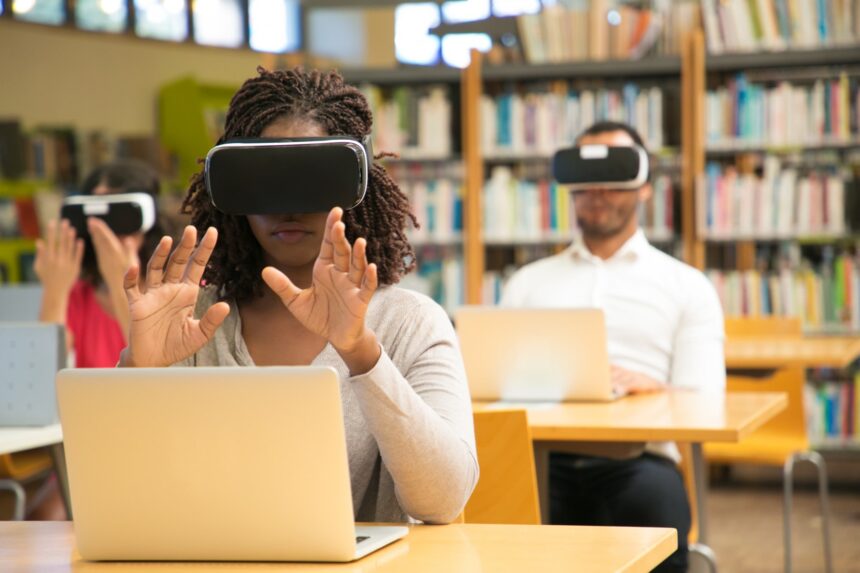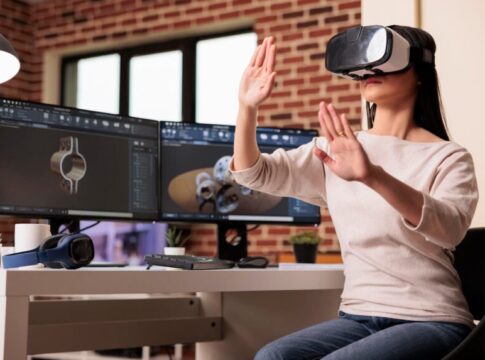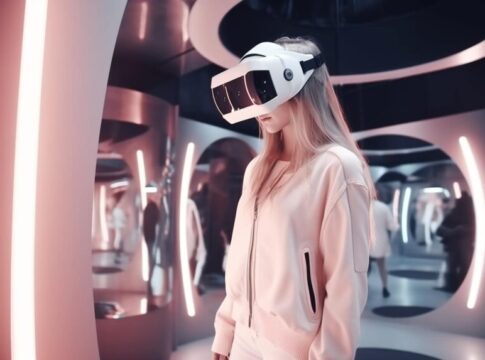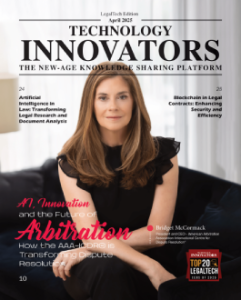Immersive storytelling in AR (Augmented Reality) and VR (Virtual Reality) is revolutionizing the way narratives are created and experienced. By leveraging the power of these technologies, immersive storytelling takes storytelling to a whole new level, providing users with interactive and engaging narrative experiences. Here’s how AR/VR is redefining narrative experiences:
- Enhanced Immersion: AR/VR technologies offer a heightened sense of immersion, transporting users into virtual or augmented worlds. With VR, users can completely immerse themselves in a simulated environment, while AR overlays digital elements onto the real world. This immersive nature of AR/VR enhances the narrative experience, making users feel like active participants within the story.
- Interactive and Nonlinear Narratives: Immersive storytelling allows for interactive and nonlinear narratives, giving users agency to shape the story based on their choices and actions. Users can explore the story world, interact with virtual characters, and influence the plot through their decisions. This interactivity creates a sense of involvement and personalization, making each user’s narrative experience unique.
- Spatial Storytelling: AR/VR enables spatial storytelling, where the narrative unfolds in physical space. Users can move around, explore different perspectives, and discover story elements based on their physical position. This spatial aspect adds a new dimension to storytelling, allowing users to engage with the narrative in a more embodied and dynamic way.
- Multi-Sensory Engagement: AR/VR can engage multiple senses, such as sight, sound, and touch, to create a more immersive narrative experience. Virtual environments can be visually stunning, accompanied by realistic sounds and haptic feedback, enhancing the overall sensory engagement. This multi-sensory approach deepens the connection between users and the story, evoking emotions and enhancing the impact of the narrative.
- Blurring Boundaries between Story and Reality: Immersive storytelling blurs the boundaries between the story world and reality. In VR, users are fully immersed in a virtual environment, while AR overlays digital content onto the real world. This blending of real and virtual elements creates a sense of magic and wonder, where the narrative feels seamlessly integrated into the user’s surroundings.
- Transmedia Experiences: AR/VR can facilitate transmedia storytelling, where narratives extend across multiple platforms and mediums. Users can engage with the story through different devices, such as VR headsets, smartphones, or tablets, allowing for a seamless and interconnected narrative experience. Transmedia storytelling enhances user engagement and offers a more comprehensive and cohesive story world.
- Empathy and Perspective-Taking: Immersive storytelling has the potential to foster empathy and perspective-taking. By placing users in the shoes of different characters or exposing them to diverse experiences, AR/VR narratives can evoke empathy and promote understanding. Users can gain new insights and emotional connections, expanding their worldview and fostering empathy towards others.
- Collaborative Narratives: AR/VR enables collaborative storytelling experiences, where multiple users can engage with the narrative together. Users can participate in shared virtual spaces, interact with each other, and collaboratively shape the story. This collaborative aspect promotes social interaction, creativity, and shared experiences, fostering a sense of community among users.
Immersive storytelling in AR/VR is pushing the boundaries of traditional narratives, offering users unprecedented levels of engagement, interactivity, and immersion. By creating immersive and interactive story worlds, AR/VR is redefining narrative experiences, allowing users to become active participants and shaping the story according to their choices and actions. The future of storytelling is undoubtedly being transformed by the potential of AR/VR technologies.








